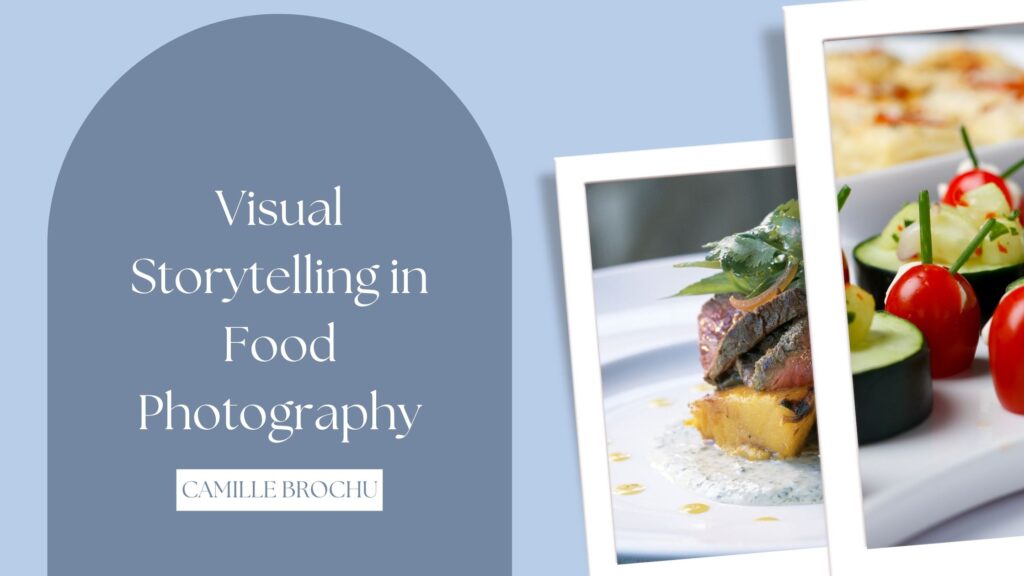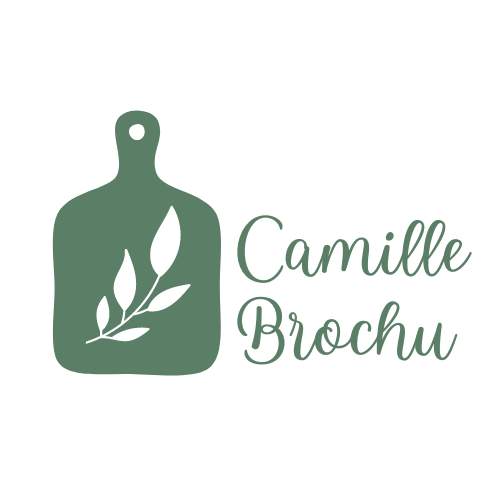
In the realm of culinary arts, food photography has transcended the mere documentation of dishes to become a powerful form of visual storytelling. Through carefully composed images, food photographers weave narratives that evoke emotions, showcase culinary craftsmanship, and invite viewers on a sensory journey. Visual storytelling in food photography goes beyond capturing the aesthetics of a dish; it communicates the essence of the culinary experience, the cultural context, and the chef’s artistry.
Here’s a closer look at how visual storytelling unfolds in the world of food photography:
Setting the Scene:
Context and Environment:
Visual storytelling in food photography begins by setting the scene. The environment in which a dish is presented becomes a crucial narrative element.
Prop Selection:
Props play a significant role in conveying the story behind a dish. Thoughtfully chosen utensils, tableware, and accompanying elements contribute to the narrative. For example, a photograph featuring a bowl of pasta with a rustic wooden fork may evoke a different story than the same dish presented with fine china and silverware.
Composition Techniques:
Sequential Imagery:
In some instances, a series of photographs can tell a sequential story. This could involve showcasing the step-by-step process of cooking a dish or presenting a progression of dishes in a multi-course meal.
Evoking Emotions:
Color Psychology:
Colors evoke emotions, and food photography leverages this psychological aspect. Warm tones may convey comfort and richness, while cooler tones evoke freshness and lightness.
Capturing Moments:
Candid moments in food preparation or consumption capture the authenticity of the culinary experience. A photograph of a chef tasting a sauce or a diner savoring a bite can convey an emotional connection to the food.
Storytelling through Ingredients:
Ingredient Narratives:
Each ingredient in a dish has its own story, and food photographers often highlight these individual narratives. Close-up shots of fresh produce, spices, and artisanal ingredients provide a glimpse into the culinary journey and the dedication to quality.
Textures and Details:
Visual storytelling is enriched through the portrayal of textures and details. A close-up of a flaky crust, the glistening surface of a sauce, or the intricate patterns on a piece of chocolate adds a tactile dimension to the narrative, inviting viewers to imagine the sensory experience.
Collaborations and Behind-the-Scenes:
Chef Collaborations:
Collaborations between food photographers and chefs allow one to tell the story from both perspectives. Photographs that capture chefs in action, the creative process behind a dish, and the collaboration between culinary artists contribute to a richer narrative.
Behind-the-Scenes Moments:
Behind-the-scenes glimpses into the culinary world offer a narrative layer beyond the plated dish. Candid shots of kitchen camaraderie, moments of intense focus, and the collaborative energy of a culinary team contribute to the storytelling journey.
Visual storytelling in food photography is a captivating journey that goes beyond the visual appeal of a dish. It encompasses the culinary experience, from the ingredients and cultural context to the emotions and moments unfolding in kitchens and dining spaces. Armed with creativity and an understanding of narrative elements, food photographers can transport viewers into the rich and diverse world of culinary artistry.
